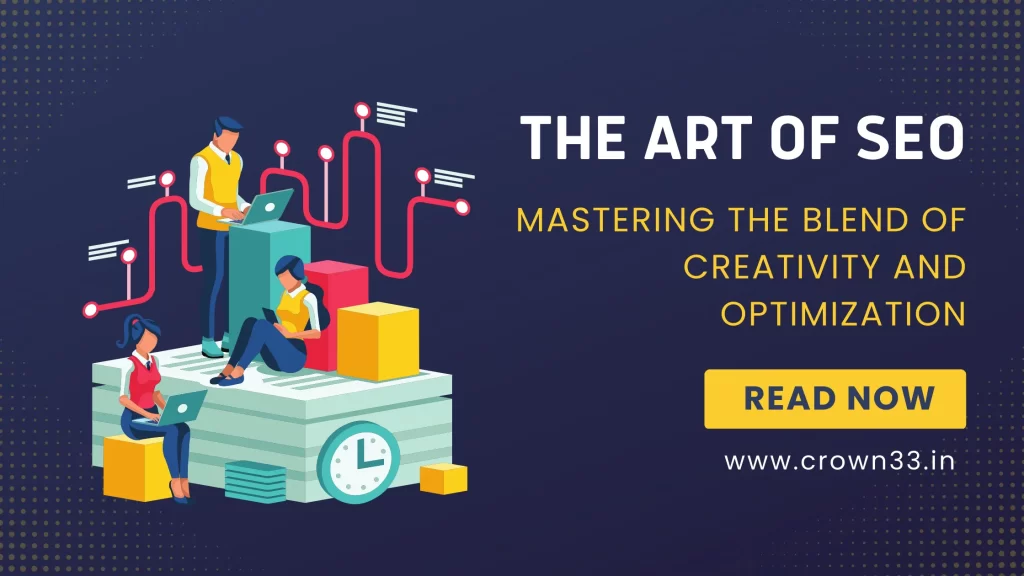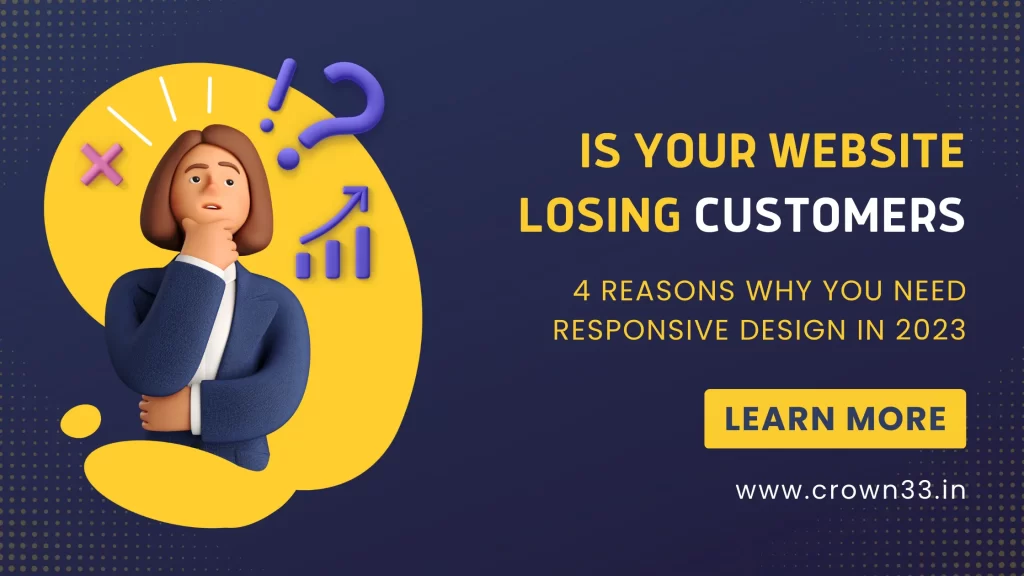On-page SEO refers to the practice of optimizing individual web pages in order to rank higher and earn more relevant traffic in search engines. It involves both the content and HTML source code of a page that can be optimized to improve its relevance, readability, and usability for both search engines and users.
The following are some key on-page SEO elements that website owners and webmasters should pay attention to:
Title Tag: A title tag is an HTML element that specifies the title of a web page. It appears in the search engine results pages (SERPs) as a clickable headline for a given result. Therefore, it should be concise, informative, and include relevant keywords that describe the content of the page.
Meta Description: A meta description is a brief summary of a web page that appears below the title tag in the SERPs. It is a crucial element for improving click-through rates (CTRs) as it provides a sneak peek of what the page is about. It should be compelling, informative, and include relevant keywords.
Header Tags: Header tags (H1, H2, H3, etc.) are HTML elements that are used to structure content on a web page. They provide a hierarchical structure to the page, making it easier for users to read and understand the content. Moreover, header tags also help search engines to understand the relevance and hierarchy of the content on a page.
Content Optimization: Content is the heart of any website, and optimizing it is crucial for on-page SEO. It should be informative, engaging, and relevant to the user’s search query. Furthermore, it should include relevant keywords, but they should be used naturally and not stuffed unnaturally.
Image Optimization: Images are an essential part of any website as they enhance the user experience. However, they can also slow down the page load time if not optimized correctly. Therefore, image optimization involves compressing images, adding descriptive alt tags, and optimizing file names.
Internal Linking: Internal linking involves linking relevant pages on a website to each other. It helps search engines to understand the hierarchy and structure of the website. Moreover, it also helps users to navigate the website and find relevant information.
URL Optimization: URLs should be concise and descriptive, including relevant keywords. They should be easy to read and understand, making it easier for users and search engines to determine what the page is about.
Mobile Optimization: With mobile usage on the rise, it is crucial to have a mobile-friendly website. Therefore, websites should be optimized for mobile devices, including responsive design, fast page load times, and easy navigation.
In conclusion, on-page SEO is an essential element of any website optimization strategy. It involves optimizing various elements of a web page, including content, HTML source code, and user experience. By optimizing these elements, website owners and webmasters can improve the relevance, readability, and usability of their website, leading to higher search engine rankings and more traffic.

SEO Growth Specialist, PPC & Meta Ads Wizard, Content Marketing Maestro. I Help Brands Grow 10X & Monetize their Presence on Digital. Writing mostly on Advanced SEO, Performance Marketing and Dimensional Branding. Building the future of Social Media.



